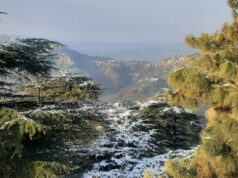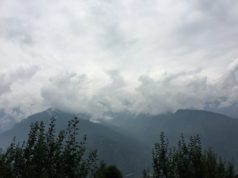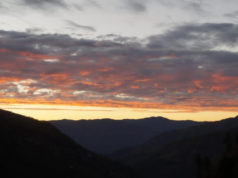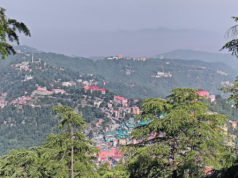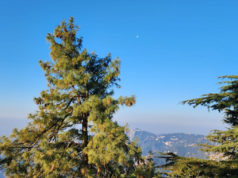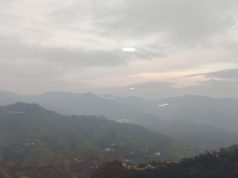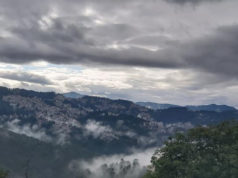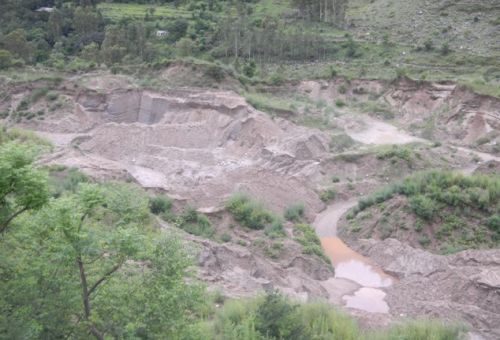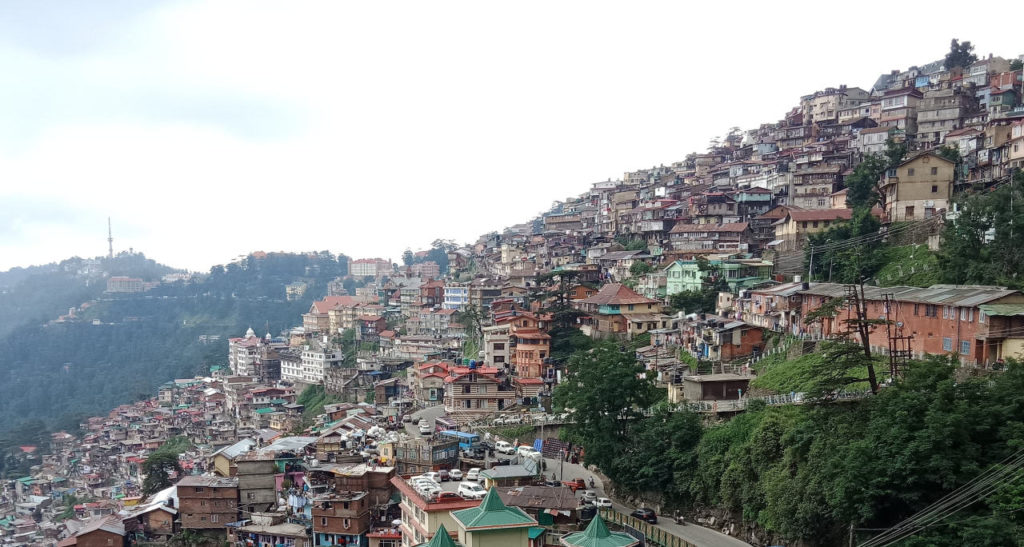
Shimla – In a poignant transformation, Shimla, once renowned for its enchanting snowy landscapes during December, is witnessing a disheartening shift as the city experiences a rare third consecutive year without snowfall. The stark contrast between the city’s historical snowy spectacle and the emerging concrete reality is becoming increasingly evident, raising concerns about the long-term implications of urbanization on the region’s climate.
Decades ago, Shimla was synonymous with winter wonderlands as December reliably brought forth a magical blanket of snow, attracting tourists from far and wide. However, the picturesque scenes of snow-laden trees and rooftops have become a fading memory, replaced by a cityscape dominated by concrete structures.
The changing landscape is attributed to the rapid urbanization and expansion of Shimla, transforming it into a concrete jungle. As the city continues to grow, the once-predictable snowfall has become a rarity, altering the natural weather patterns that define Shimla’s charm.
Environmentalists and climate experts point to the detrimental effects of unchecked urban development on Shimla’s unique climate. The increasing concrete footprint, coupled with the heat-absorbing properties of infrastructure, has disrupted the traditional cycle of snowfall. The phenomenon is not isolated to Shimla alone, as other tourist destinations like Manali are also grappling with similar challenges.
The impact of diminishing snowfall extends beyond the aesthetic loss of a winter wonderland. The traditional snow-dependent activities, tourism, and the overall economy of the region are facing the brunt of this climatic shift. Businesses that thrived on the winter tourism boom are witnessing a decline, prompting calls for sustainable urban planning and conservation efforts.
As the city adapts to its new reality, there is a growing consensus among locals, environmentalists, and policymakers to strike a balance between development and preservation. Sustainable urban practices, green initiatives, and responsible tourism are being advocated to ensure that Shimla’s unique charm, once defined by its snowy landscapes, is not lost to the ever-expanding concrete reality. The challenge now lies in steering Shimla towards a future where progress coexists harmoniously with the preservation of its natural beauty and distinct climatic characteristics.


